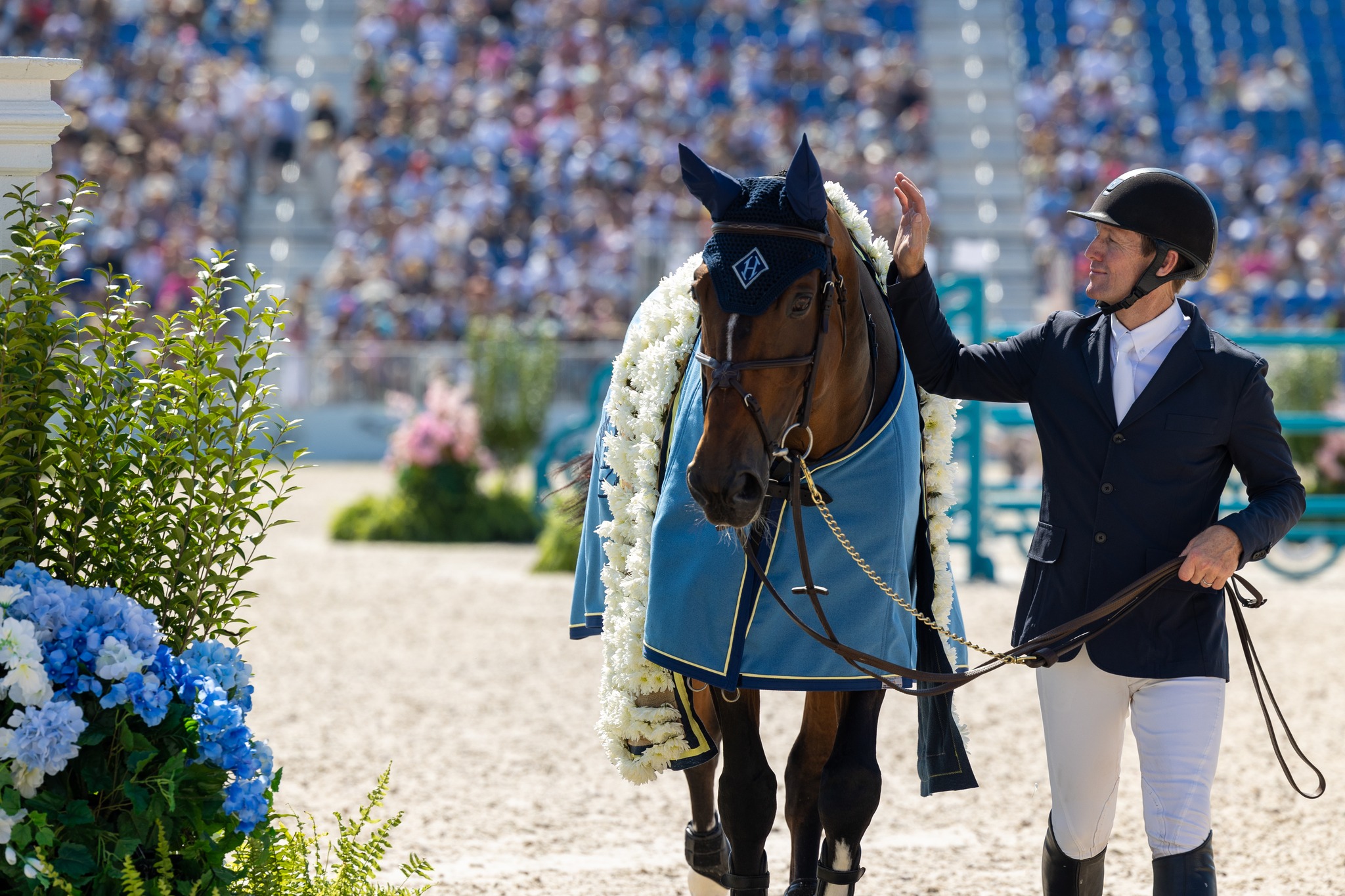Last month a total of five horses at Sunland Park Racetrack, in New Mexico, have been confirmed positive for neurologic equine herpesvirus-1 (EHV-1). In an update now four horses have been euthanized at the racetrack. The outbreak has spread to 28 horses. The New Mexico Livestock Board said the 28 horses, housed across 17 different barns at Sunland Park, were diagnosed as positive by nasal swab and/or a blood test. No movement of horses is being allowed in or out of Sunland Park. Officials with the livestock board, state racing commission and Sunland Park are working together to end the outbreak. Racing has been suspended for a fortnight. The department described it as a fluid and rapidly changing situation. Meanwhile, horse movement restrictions are in place at an Arizona racetrack, Turf Paradise. It received three horses from Sunland Park before EHV was confirmed and quarantine measures were put in place at the New Mexico track. One of the three was euthanized because of neurological problems. The remaining two are being held in isolation. Racing continues at the track, but no horses are allowed to enter or leave its grounds. Herpesvirus is highly contagious among horses and can cause a variety of ailments in equids, including rhinopneumonitis (a respiratory disease usually found in young horses), abortion in broodmares, and myeloencephalopathy (the neurologic form). In many horses, fever is the only sign of EHV-1 infection, which can go undetected. In addition to fever, other common signs of EHV-1 infection in young horses include cough, decreased appetite, depression, and a nasal discharge. Pregnant mares typically show no signs of infection before they abort, and abortions usually occur late in gestation (around eight months), but can be earlier. Abortions can occur anywhere from two weeks to several months following infection with EHV-1. Horses with the neurologic form usually have a fever at the onset of the disease and might show signs of a respiratory infection. A few days later, neurologic signs such as ataxia (incoordination), weakness or paralysis of the fore- and hind limbs, urine retention and dribbling, loss of tail tone, and recumbency (inability to rise) develop.
Four horses dead at New Mexico racetrack from EHV-1
-
categories: USA



